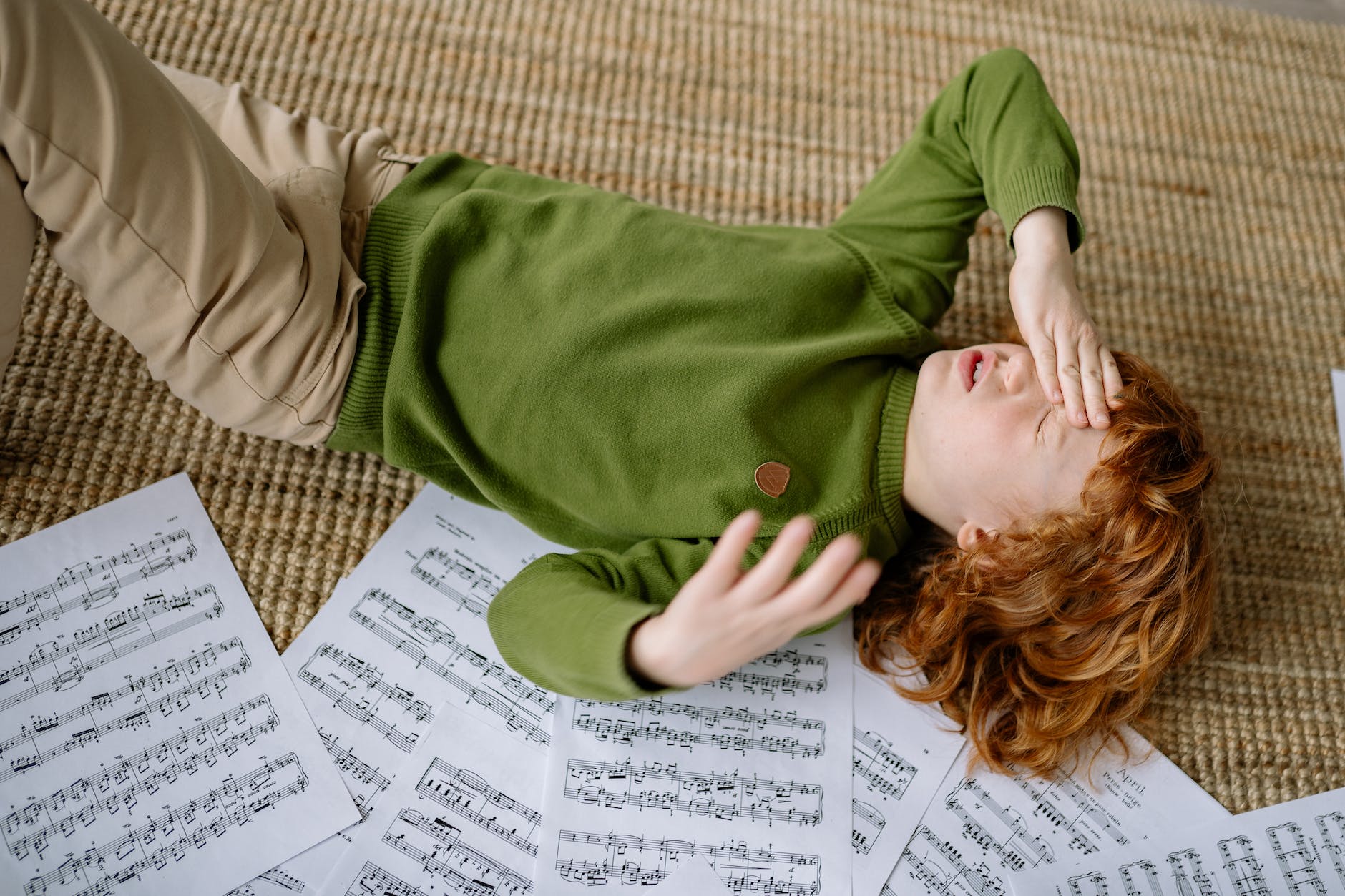
Raising a child with ADHD comes with a number of challenges. One challenge that many parents seek to solve is dealing with difficult behaviors. They find that traditional parenting methods used when we they kids are ineffective and parenting books just don’t seem to help. If you are frustrated and confused too, it is time to learn the new approach to dealing with difficult behaviors and find a more effective way to work with your ADHD child.
Bad behaviors are not bad
Bad behaviors are often a response to a feeling or an emotion. That is why we need to look at bad behavior as a clue. The behavior is a clue that your child is feeling something they can not verbalize at the moment.

Curiosity before correction
When you start honking your horn and yelling at the car that cut you off you are not doing it because you’re making a bad choice, you are feeling scared and frustrated by the situation. Kids with ADHD have intense emotions. Weak executive functioning skills make it hard for them to regulate emotions and so they communicate to us through negative behavior. So, before you launch into the automatic parental response of correct and lecture, get curious about the behavior.
Ask Yourself: “What emotion is behind their behavior?”
or
Ask your child: “Hey buddy, you seem angry right now. What’s up?”
Compassion
Perhaps the most difficult step in this new approach is compassion. When your child is in the throws of an epic meltdown, it is hard to remain calm and show empathy. Even though it’s hard, it is essential. Compassion is when you take time to listen to your child’s response without judgment and without jumping in to fix the problem. It is when you reflect on what they said and help them name the emotion that they are feeling.
“Writing all of those homework problems is hard work. I bet it can feel a little overwhelming. Is there anything I can do to help?”
At that moment, they just need someone to listen instead of lecture or give a hug instead of yelling.
Connection
Connection is also a powerful tool. ADHD brains are fast and when we show compassion and provide connection, we are helping our kids learn to slow their brain down.
“It looks like that homework is kind of frustrating you. Do you want to shoot hoops for 10 minutes and then come back to it?”
When your child is struggling to tell you what they are feeling, creating a connection is particularly important. Sometimes they don’t even realize why they are feeling angry or why they are melting down. By taking time to connect, you help them feel safe and give them time to regulate their nervous system.
Collaboration
After you have been curious, compassionate, and made time to connect with your child, you are ready for collaboration. As Dr. Ross Green says, “Kids do well if they can”. Many times they do not have the necessary tools to do well, so as a parent it is our job to help them get those tools. We do this by collaborating with them. We discuss the behavior or the emotion behind the behavior and work together to come up with different ways to deal with it when it comes up in the future.

You might not always get be able to use this new approach to dealing with difficult behaviors. There will be days when you yell, but that’s okay. When mistakes happen, so show yourself compassion. If you yell instead of getting curious, apologize and hug your kid because we are all trying our best.


